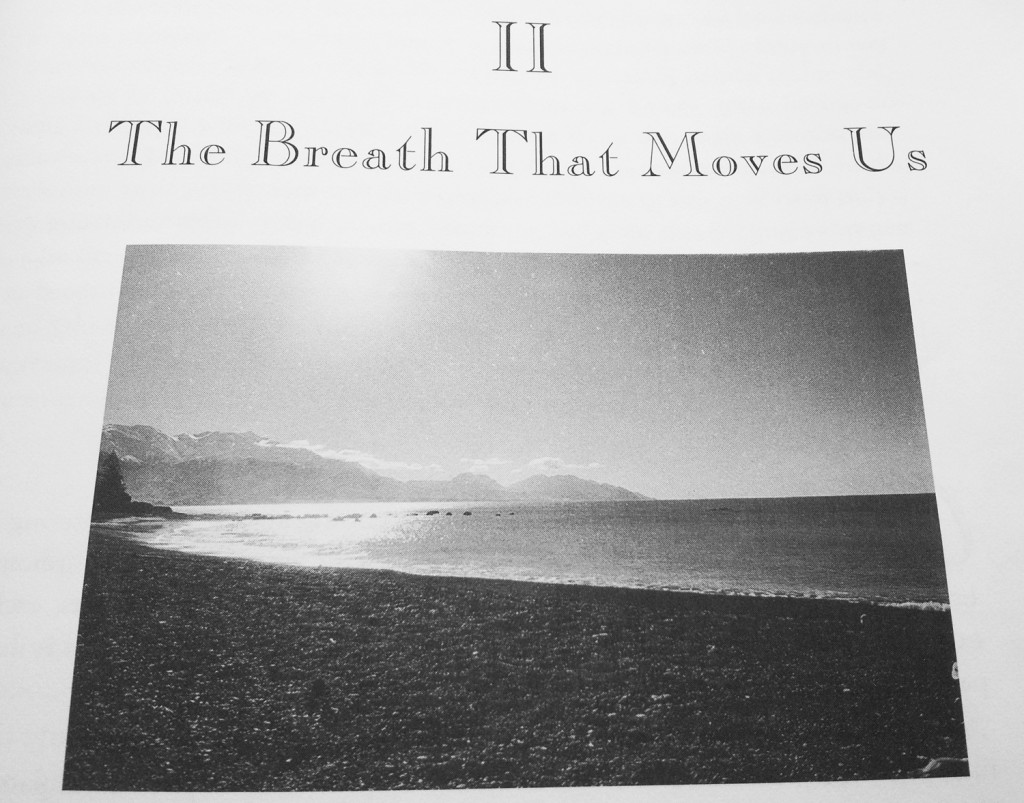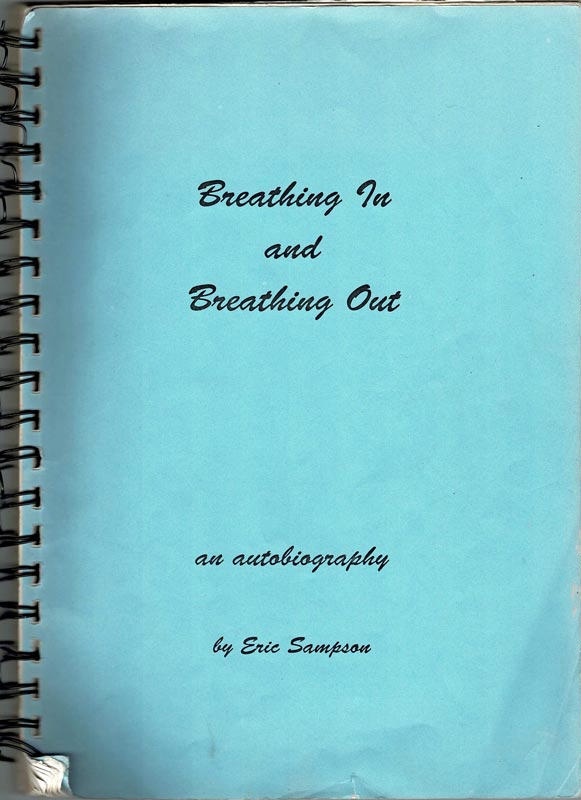
Breathing Techniques: A Comprehensive Guide to Master the Art of Respiration
As a seasoned yoga practitioner, I have witnessed firsthand the transformative power of conscious breathing. Inhale deeply, filling your lungs with life-giving oxygen, and exhale slowly, releasing tension and stress. Every breath is an opportunity to connect with our bodies and minds, finding balance and well-being.
The Science of Breathing
Breathing is an involuntary process, but we can harness its power for our benefit through purposeful breathing techniques. Understanding the science behind respiration empowers us to maximize our oxygen intake and improve our overall health.
Diaphragmatic Breathing: This technique engages the large dome-shaped muscle below your lungs, initiating deep breaths that massage your internal organs. It promotes relaxation and reduces stress, as it draws oxygen into the lower regions of the lungs for efficient gas exchange.
Intercostal Breathing: This form of breathing involves utilizing the muscles between the ribs to expand the chest cavity. It allows for greater airflow and is often employed during exercise to facilitate increased oxygen intake and removal of carbon dioxide.
Pursed-Lip Breathing: This technique is beneficial for individuals with respiratory conditions, such as COPD or asthma. By exhaling through pursed lips, it creates resistance that helps maintain open airways and improves lung function.
Breathing for Health and Well-being
In addition to its physiological benefits, breathing techniques play a crucial role in mental and emotional well-being.
Stress Reduction: Conscious breathing calms the nervous system and reduces stress levels. By slowing down our breath, we activate the parasympathetic nervous system, triggering relaxation and reducing the release of stress hormones.
Mood Enhancement: Breathing techniques have been shown to improve mood and alleviate symptoms of anxiety and depression. Deep breathing increases the production of endorphins, which have mood-boosting effects.
Focus and Concentration: Mindfulness-based breathing exercises enhance focus and concentration by bringing us into the present moment. When we are distracted, bringing our attention to our breath helps us anchor ourselves and improve our cognitive performance.
Expert Tips and Advice
Mastering breathing techniques requires practice and consistency. Here are some expert tips to help you get started:
Start Gradually: Begin with short, manageable breathing exercises and gradually increase the duration and intensity as you become more comfortable.
Find a Quiet Space: Create a distraction-free environment to fully focus on your breath. Close your eyes or gaze softly at a fixed point.
Incorporate into Daily Routine: Make breathing techniques a regular part of your day. Practice for a few minutes in the morning, during breaks, or before bed.
Listen to Your Body: Pay attention to how your body responds to different breathing techniques. Adjust the pace, depth, and duration to what feels most beneficial.
Frequently Asked Questions
Q: How often should I practice breathing techniques?
A: Daily practice is ideal, even for short durations. Consistency is key to experiencing the full benefits.
Q: Are breathing techniques safe for everyone?
A: Generally yes, but it’s best to consult a healthcare professional if you have any underlying health conditions.
Q: Can breathing techniques help with snoring?
A: Some breathing exercises, such as nasal breathing or tongue exercises, can improve airway patency and reduce snoring.
Conclusion
Mastering breathing techniques is a valuable skill that enhances our physical, mental, and emotional well-being. By understanding the science of breathing, incorporating conscious breathing into our daily routines, and seeking expert guidance, we can unlock the transformative power of respiration.
Are you interested in exploring more about the science and practice of breathing techniques? Share your thoughts and experiences in the comments below, and let’s continue the conversation!

Image: nzmuseums.co.nz